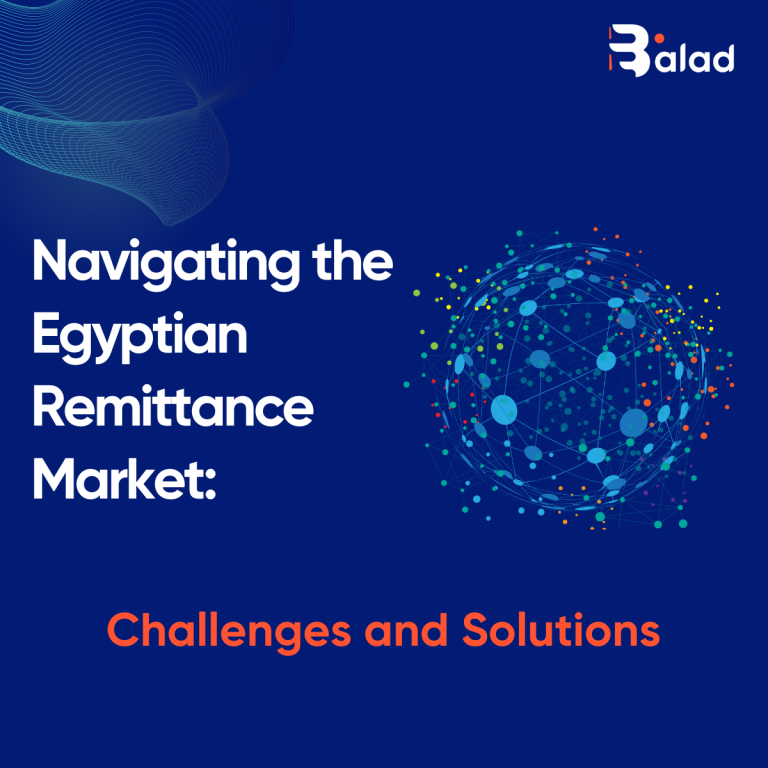
Introduction
Financial remittances are a lifeline for millions of families worldwide, providing crucial support and contributing to economic development. In today’s interconnected world, these funds play a significant role in many countries’ economies, facilitating cross-border transactions and fostering growth. However, the relationship between financial remittances and the prosperity rate, a measure of overall economic well-being, is complex and multifaceted. This article explores the dynamics between financial remittances and the prosperity rate, examining their impact on poverty alleviation, regional differences, and the role of government policies and technological innovations.
Understanding Financial Remittances
Financial remittances refer to funds transferred by migrants to their home countries, typically to support their families or invest in local businesses. These remittances play a significant role in the global economy, with billions of dollars sent across borders each year. Beyond monetary transactions, remittances contribute to poverty reduction, education, and entrepreneurship in recipient countries.
Exploring the Prosperity Rate
The prosperity rate measures the overall economic well-being of a country’s citizens, often incorporating indices such as employment, income levels, and economic stability. Factors considered in measuring the prosperity rate include economic indicators that reflect the quality of life and level of opportunity experienced by individuals and households.
The Relationship Between Financial Remittances and the Prosperity Rate
Financial remittances have been shown to positively impact poverty alleviation efforts, providing families with additional income to meet basic needs and invest in education and healthcare. However, the correlation between financial remittances and the prosperity rate is nuanced, with regional variances and economic conditions influencing the effectiveness of remittance inflows in promoting prosperity.
Case Studies
Egypt
Egypt is a country with high remittance inflows and varying levels of economic hardship. Despite experiencing macroeconomic instability, including high inflation and unemployment rates, Egypt relies heavily on remittances from its citizens working abroad. These remittances are crucial in supporting millions of families and stimulating economic growth.
India
India, another significant recipient of remittances, has made strides in leveraging these funds for poverty reduction efforts. With diverse economic conditions across its regions, India faces challenges in maximizing the impact of remittance inflows on poverty alleviation. However, government initiatives and technological innovations have helped address these challenges and promote inclusive growth.
The Philippines
The Philippines stands out as a success story in leveraging remittances for poverty reduction and economic development. Despite facing economic challenges such as high unemployment and income inequality, the Philippines has successfully channeled remittance inflows into education, healthcare, and infrastructure projects, leading to improvements in living standards and economic stability.
Challenges and Opportunities
While financial remittances have the potential to alleviate poverty and stimulate economic growth, they also present challenges and limitations. These include transaction costs, exchange rate fluctuations, and the risk of dependency on external sources of income. However, leveraging technological innovations and implementing comprehensive poverty reduction strategies can help countries overcome these challenges and maximize the impact of remittance inflows.
Government Policies and Initiatives
Governments play a crucial role in maximizing the impact of financial remittances on poverty reduction and economic development. Strategies such as promoting financial inclusion, facilitating access to banking services, and implementing targeted social welfare programs can help ensure that remittance inflows benefit the most vulnerable segments of society.
Technological Innovations
Technological innovations, particularly in the fintech sector, have revolutionized how remittances are sent and received. Digital platforms and mobile money transfer solutions have reduced transaction costs, increased accessibility, and improved the security of cross-border transactions. These innovations can further enhance the impact of financial remittances on poverty reduction efforts.
The Role of Financial Institutions
Financial institutions, including banks and remittance providers, play a crucial role in facilitating secure and efficient cross-border transactions. Collaboration between banks and remittance providers can help streamline the remittance process, reduce costs, and increase accessibility for senders and recipients alike.
Community Empowerment
Empowering recipients of financial remittances to invest in education and entrepreneurship is key to sustainable poverty reduction and economic development. Strengthening social networks and community development initiatives can help build resilience and create opportunities for economic empowerment at the grassroots level.







